Uganda Tours Safaris | Uganda | Rwanda | Kenya | Tanzania
Uganda tours safaris – Encounter the Pearl of Africa and explore the wild; it’s a hot spot for Uganda Gorilla trekking, magnificent sceneries/ Murchison falls, Uganda Wildlife tours, Nature walks, Cultural tours, Safari holidays with exciting activities. Uganda is a landlocked country bordered by Kenya in the East, South Sudan in the north, Democratic Republic of the Congo in the west, Rwanda in the southwest and Tanzania in the south. Uganda’s total land area is 241,559 sq km. About 37,000 sq km of this area is occupied by open water while the rest is land. The southern part of the country includes a substantial portion of Lake Victoria, which it shares with Kenya and Tanzania. Uganda is located on the East African plateau, averaging about 1,100 meters (3,609 ft) above sea level. The plateau generally slopes downwards towards Sudan explaining the northerly tendency of most river flows in the country. Although generally equatorial, the climate is not uniform since the altitude modifies the climate. Uganda’s elevation, soil types and predominantly warm and wet climate impart a huge agricultural potential to the country. They also explain the country’s large variety of forests, grasslands and wildlife reserves. Uganda has a total population of about 36 million people.
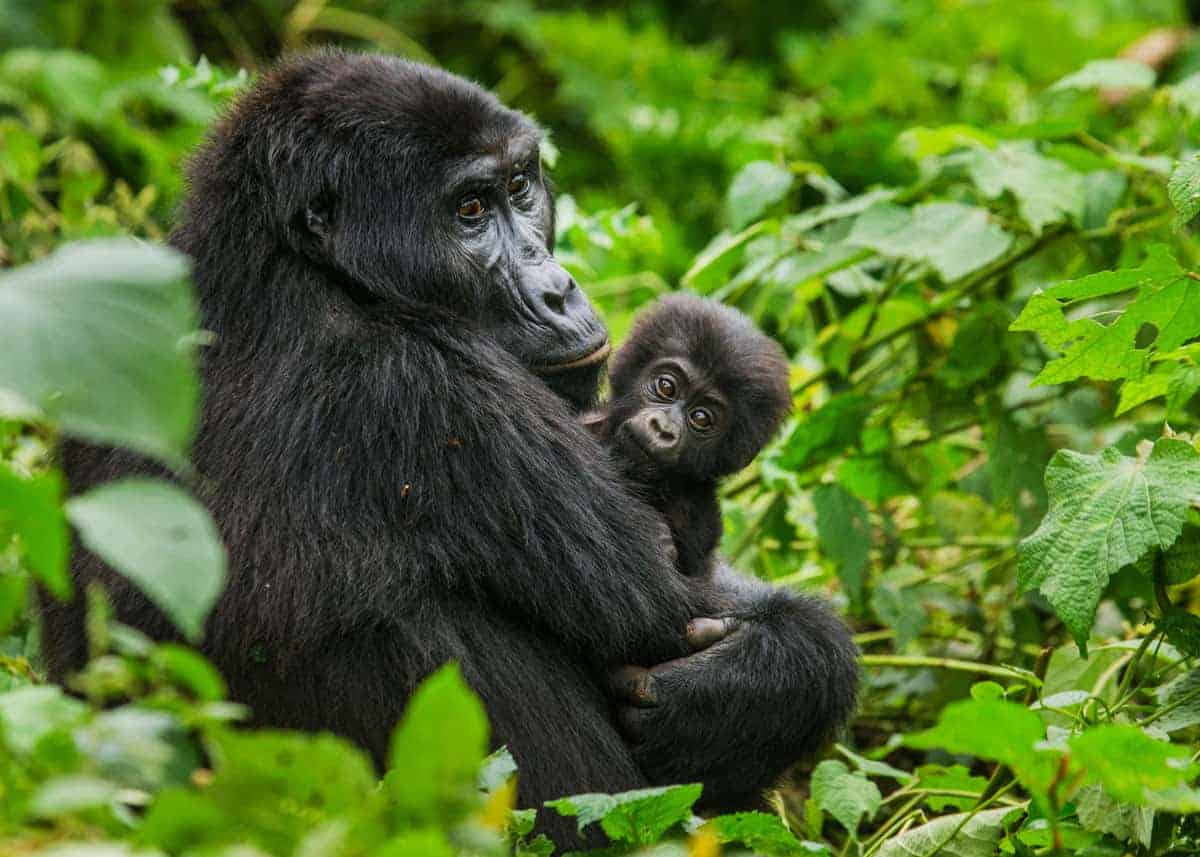
Uganda Safaris Tours
Our Uganda safari tour packages are tailored to suite your budget and interest. Enjoy affordable Uganda safaris to Murchison Falls, Queen Elizabeth, Bwindi Impenetrable Rain Forest, Kidepo, Kibale, Lake Mburo National Parks and much more as well as National Game Reserves. To plan your trip Inquire Now and we will get back to you as soon as possible.
Popular Uganda Safaris Tours
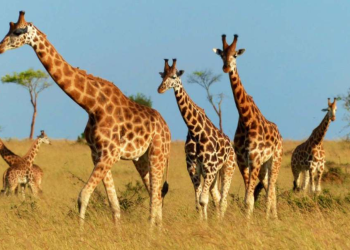
3 Days Murcison Falls National Park Safari
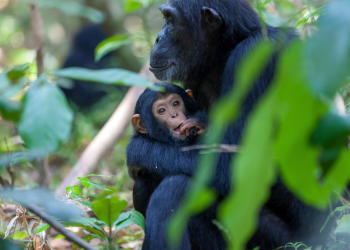
3 Days Kibale Chimpanzee Trek
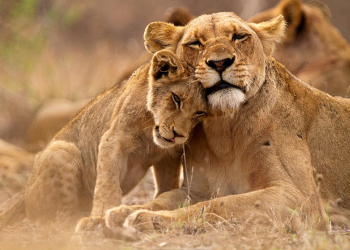
3 Days Queen Elizabeth National Park
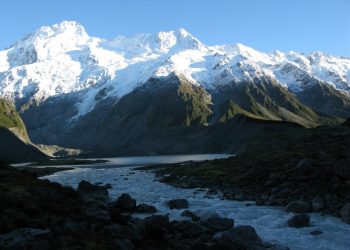
5 Days Mount Rwenzori National Park
5 Days Uganda Primates & Wildlife
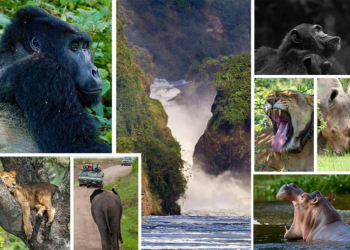
7 Days Best of Uganda Wildlife Tour
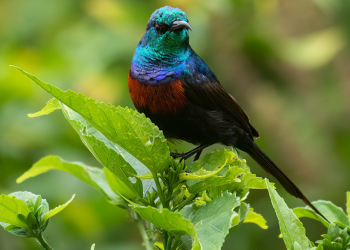
7 Days Uganda Pure Birding Safari
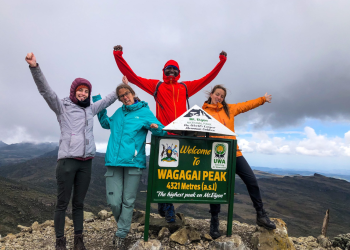
8 Days MT. Elgon Hiking Experience
Uganda National Parks
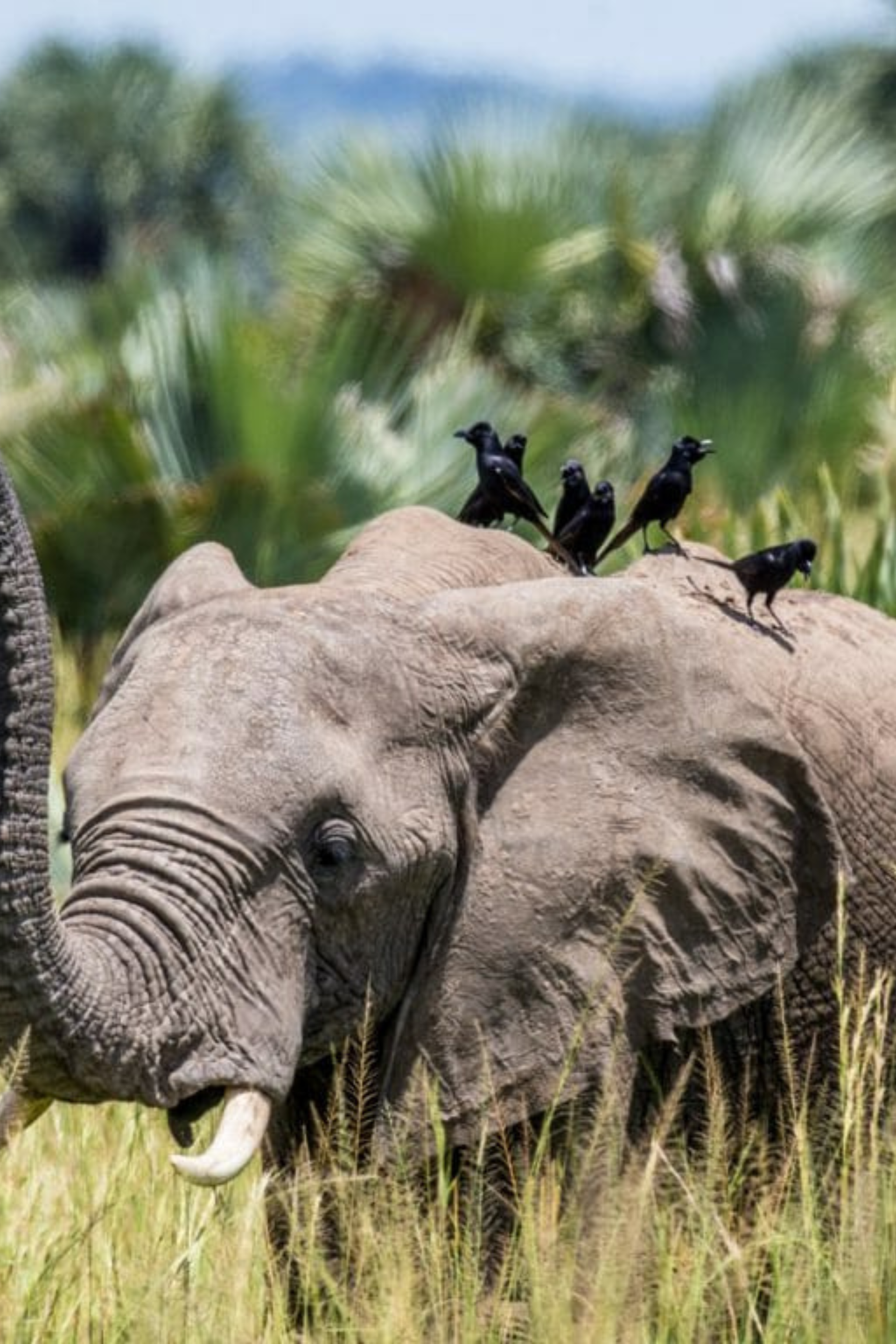
Murchison Falls National Park
Murchison Falls National Park is Uganda’s largest nature conservation area, located in North Western. It was first known as Kabalega and later changed to Murchison falls National Park after the grate falls passing through the park. It also inhabits a wide variety of mammals, birds and savannah woodland species. Murchison Falls National Park lies at the northern end of the Albertine Rift Valley, where the sweeping Bunyoro escarpment tumbles into vast, palm-dotted savanna. First gazetted as a game reserve in 1926, it is Uganda’s largest and oldest conservation area, hosting 76 species of mammals and 451 birds.
The park is bisected by the Victoria Nile, which plunges 45m over the remnant rift valley wall, creating the dramatic Murchison Falls, the centerpiece of the park and the final event in an 80km stretch of rapids. The mighty cascade drains the last of the river’s energy, transforming it into a broad, placid stream that flows quietly across the rift valley floor into Lake Albert. This stretch of river provides one of Ugand’s most remarkable wildlife spectacles. Regular visitors to the riverbanks include elephants, giraffes and buffaloes; while hippos, Nile crocodiles and aquatic birds are permanent residents. Notable visitors to the park while on Uganda Tours Safaris include Winston Churchill, Theodore Roosevelt, Ernest Hemingway and several British royals. There are quiet of activities done while at the park which include game drives, Boat cruise, hiking to the top of the falls, birding, community visit, nature walks, sport fishing, chimpanzee trekking in Budongo forest. Read more about areas interest at Murchison Falls National Park
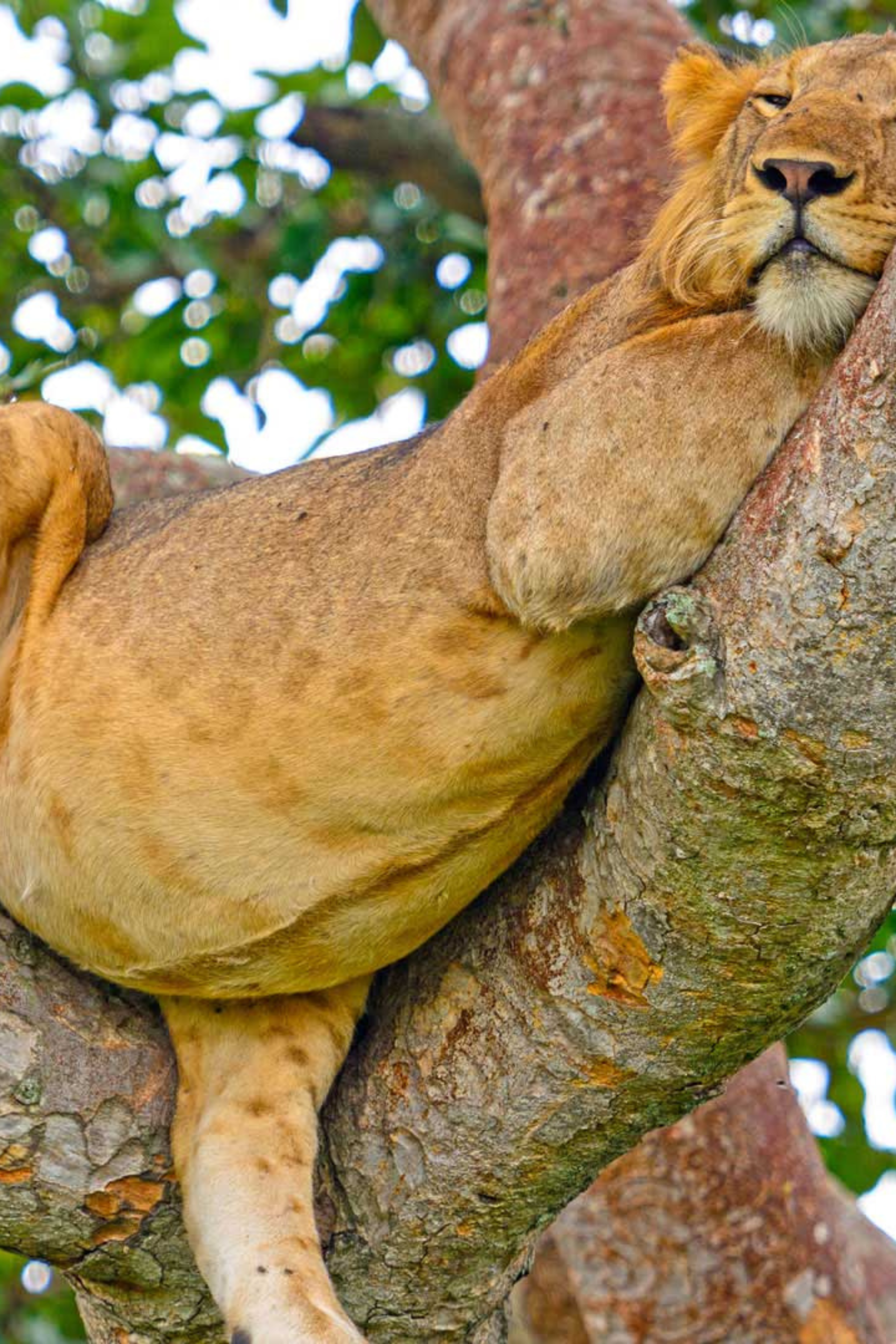
Queen Elizabeth Falls National Park
QENP is one of Uganda’s oldest parks and the second largest park after Murchison Falls National Park. It first initially known as ‘Kazinga National Park’ before it was renamed to commemorate a visit by Queen Elizabeth II of Great Britain, lies on the floor of Albertine rift valley. Queen Elizabeth National Park is understandably Uganda’s most popular tourist destination. The park’s diverse ecosystems, which include sprawling savanna, shady, humid forests, sparkling lakes and fertile wetlands, make it the ideal habitat for classic big game, ten primate species including chimpanzees and over 600 species of birds.
Set against the backdrop of the jagged Rwenzori Mountains, the park’s magnificent vistas include dozens of enormous craters carved dramatically into rolling green hills, panoramic views of the Kazinga Channel with its banks lined with hippos, buffalo and elephants, and the endless Ishasha plains, whose fig trees hide lions ready to pounce on herds of unsuspecting Uganda kob. As well as its outstanding Uganda wildlife attractions, Queen Elizabeth National Park has a fascinating cultural history. There are many opportunities for visitors to meet the local communities and enjoy storytelling, dance, music and more. The gazzeting of the park has ensured the conservation of its ecosystems, which in turn benefits the surrounding communities. Read more about areas interest at Queen Elizabeth National Park
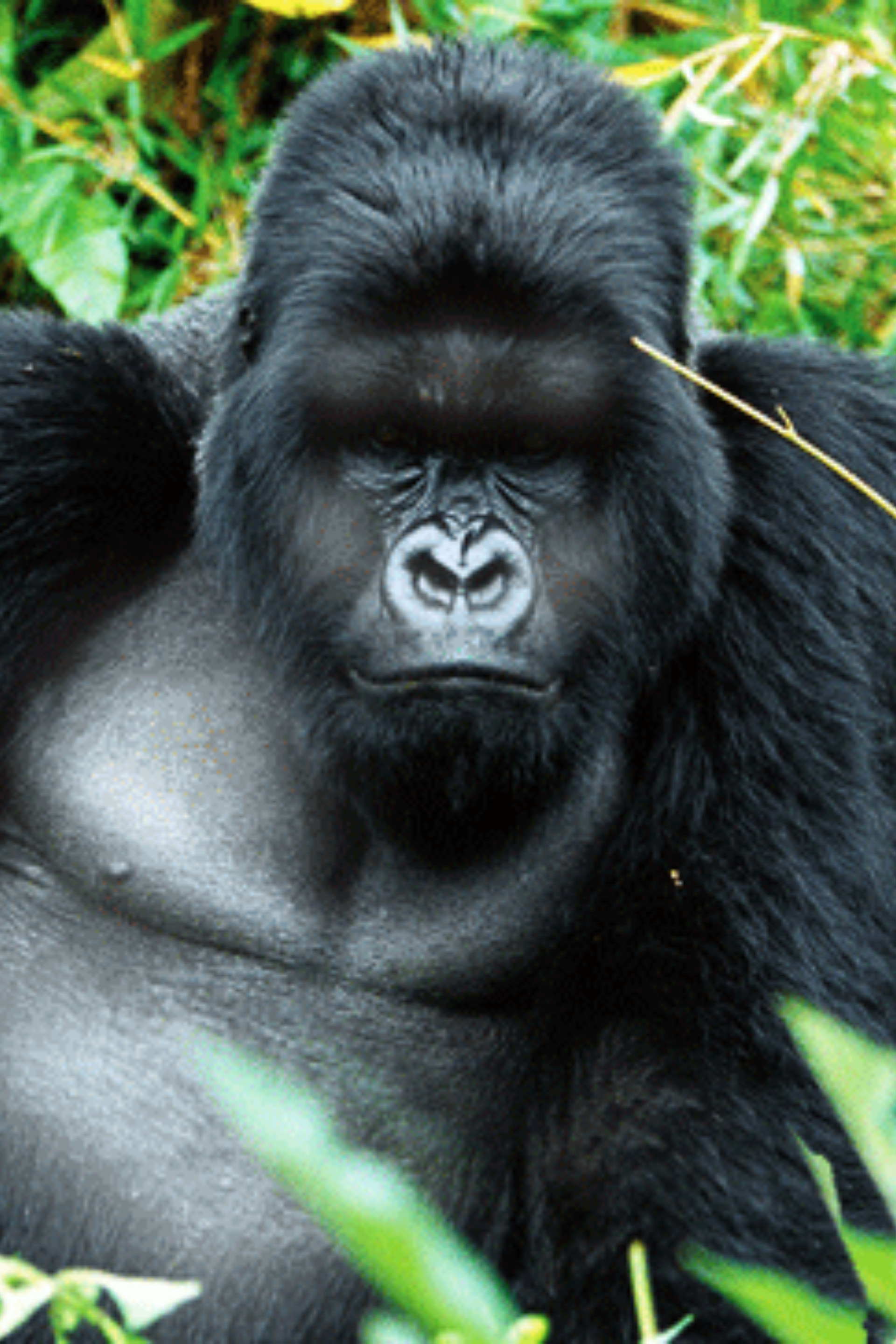
Bwindi Forest National Park
Bwindi Impenetrable National Park is located in southwestern Uganda. The park is part of the Bwindi Impenetrable Forest home for the Mountain Gorillas and is situated along the Democratic Republic of Congo border next to the Virunga National Park and on the edge of the western Rift Valley. Bwindi is a true rain forest, and is also a UNESCO- designated World Heritage Site with one of the richest ecosystems in Africa and a diversity of animal and bird species.
The impenetrable forest is widely known for sheltering the highest number of mountain gorillas that give high number of travelers a chance to meet “face to face” with the critically endangered mountain gorillas in the jungle. More than half of the World’s mountain Gorillas population is resident in Bwindi with an estimated 420.
Other activities that can be done while at Bwindi include; Community visits, nature walks, Batwa trail, bird watching to thrive while on Uganda Safaris
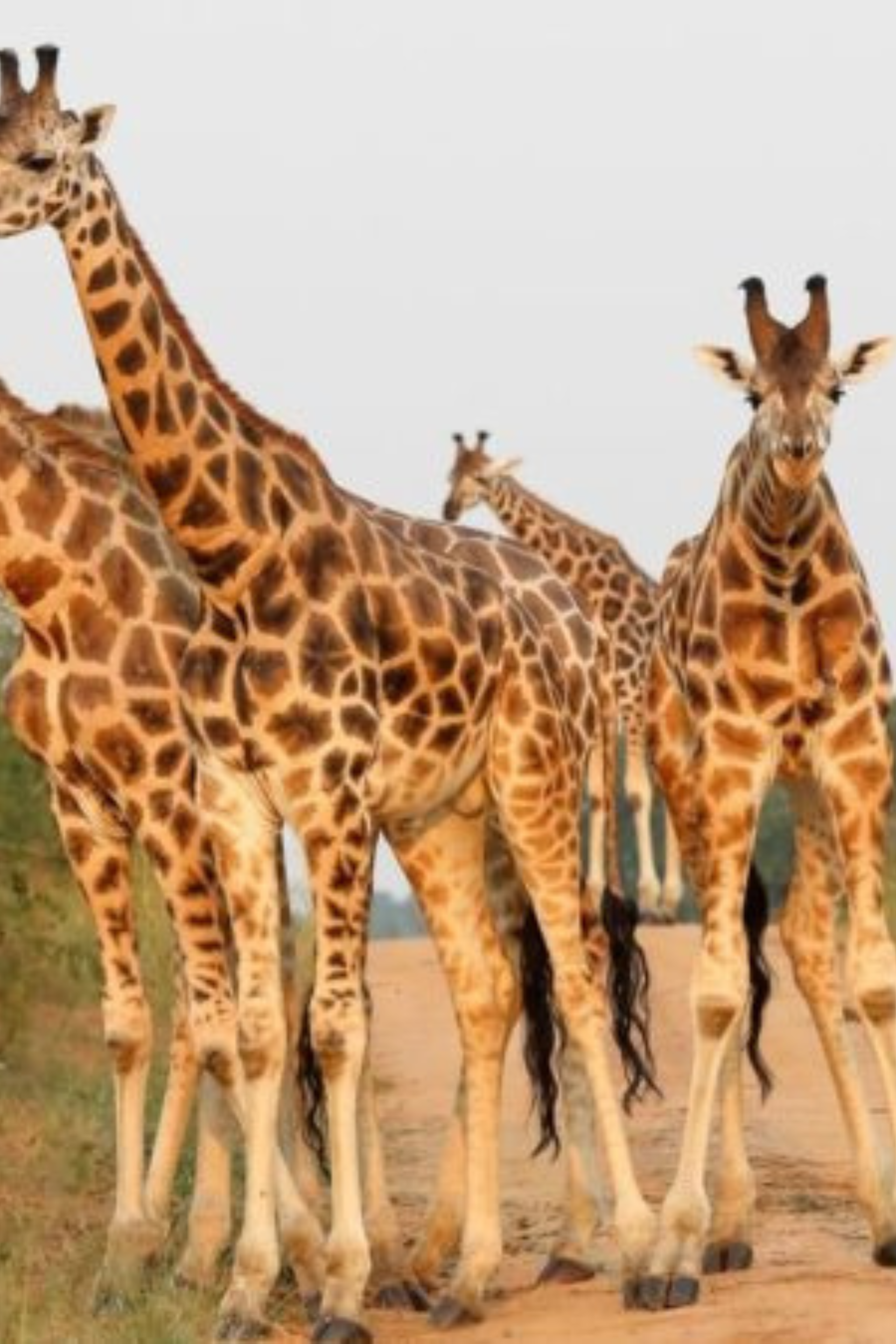
Kidepo Valley National Park
Positioned at the open savanna plains of North eastern region of Uganda, Kidepo Valley National Park is one of the most isolated national park in Uganda but still stands out to be one of the best attractive places every wildlife viewer can ever visit in Uganda. The national park is undoubtedly among the best wilderness areas in Africa, harboring a couple of extinct species of wildlife that can’t be found in any other Ugandan national park. Kidepo is right at the core of a Savannah landscape right next to a few mountainous bodies. The reasons for planning your safari here are endless, something you will definitely see when you set foot on Uganda’s soil. Besides the exceptional Uganda wildlife safari experience, this national park is another great spot for a cultural trail especially to those who would like to see the Karamojong, Acholi plus other great tribes. Some of the other exciting tourism activities in the wilderness of this area include nature walks, birding and hiking.
Kidepo national park is a true gem with huge abundance in wildlife and also referred to as a hidden treasure of Uganda. It remains a true rendition of tourism in Uganda but remains unknown to many! Kidepo Valley National Park was gazetted into a national park in the year 1962 and currently hosts over 75 species of mammals and 470 species of birds. All these fall in a prime game viewing location. This national park is situated in Kaabong district in Northeastern Uganda. By estimate, it is about 571 Kilometers by road form Kampala – Uganda’s capital and Moroto is apparently the largest town in the sub region. According to CNN Kidepo valley National park was named the 3rd best national park in Africa and visiting this national park will not only excite you but leaves a wonderful wildlife experience for a lifetime. Read more about areas interest at Kidepo Valley National Park
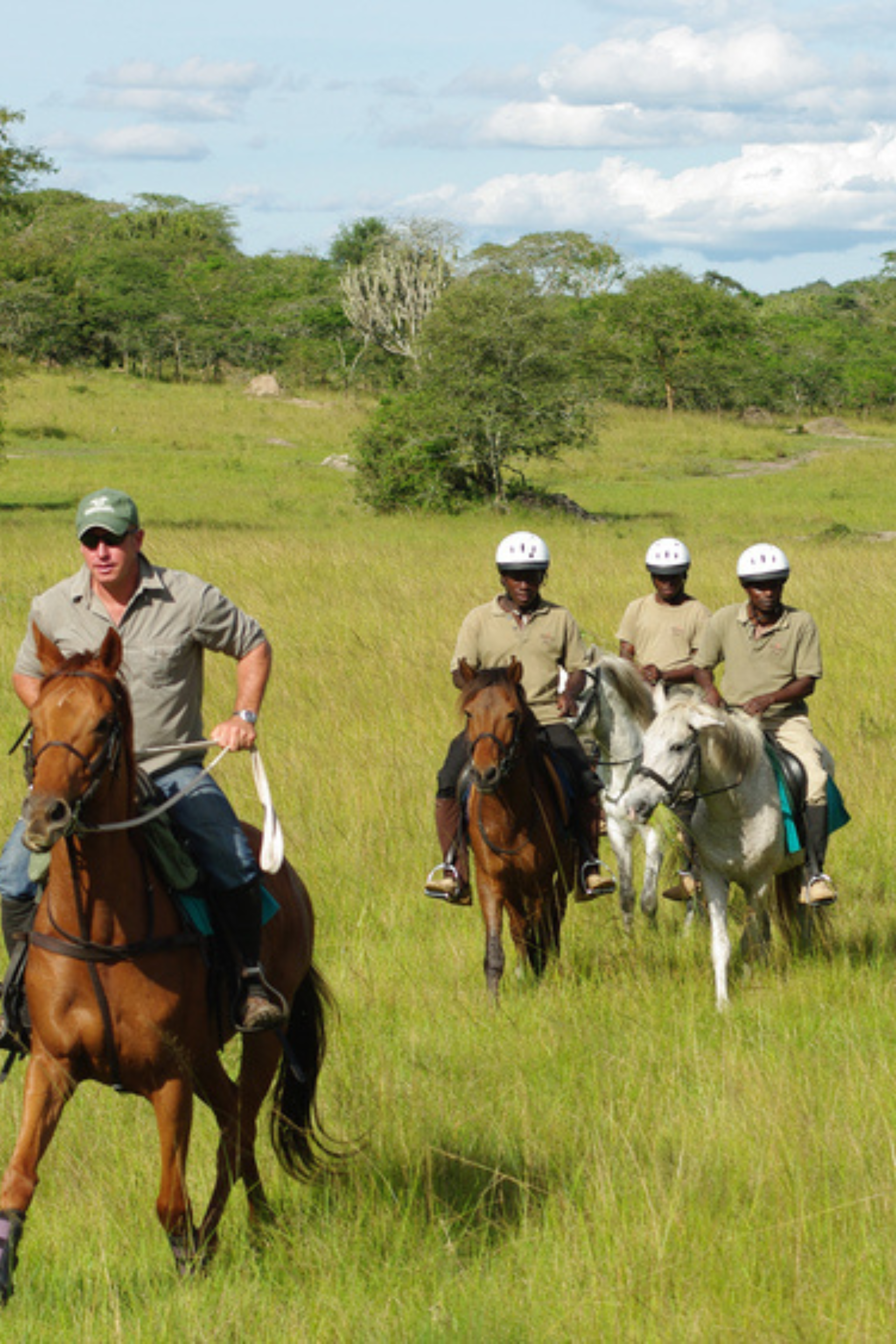
Lake Mburo National Park
Lake Mburo National Park is the nearest from the capital city on an enroutes to western Uganda which has Uganda’s biggest number of attractions.
It is the smallest of Uganda’s savannah national parks with unique Precambrian metamorphic rocks which date back more than 500 million years. It was originally gazetted in 1933 as a controlled hunting area and upgraded to a game reserve in 1963. The Banyankole Bahima residents continued to graze their cattle in the reserve until it was upgraded to national park status in 1983.
Together with 13 other lakes in the area, Lake Mburo forms part of a 50km-long wetland system linked by a swamp known as Nakivali swamp sanctuary which habours a number of birds. Five of these lakes lie within the park’s borders. Lake Mburo National Park now contains much woodland as there are no elephants to tame the vegetation.
Activities done while in Lake Mburo include; game drive, boat cruise, birding, community visits, nature walks, biking, horse riding.
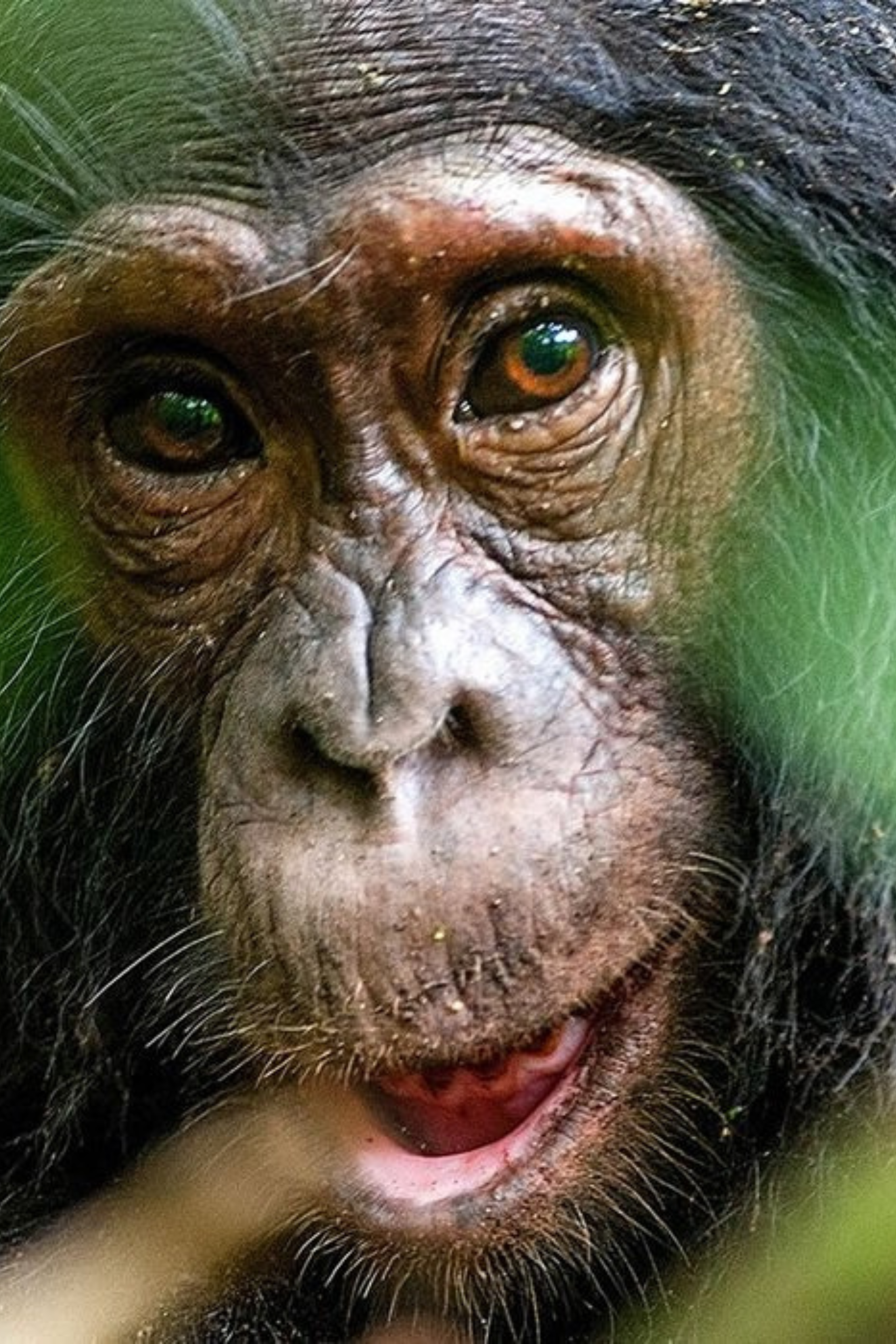
Kibale Forest National Park
Kibale national Park is also known as the primate capital of the World. Located in Western Uganda on an en route to Queen Elizabeth National Park.
It is 766 square kilometers in size and is located between 1,100 meters to 1,600 meters in elevation. Approximately 350 km from the capital City Kampala. A habitant for a number of forest wildlife 70 mammals, most especially 13 species of primate coupled with chimpanzees. The park has varying vegetation from tropical forest cover, woodland, patches of grassland on the rift valley floor and swamp. It also contains over 375 species of birds, wild pig, forest elephants, duikers, buffalos, reptiles, amphibians and butterflies.
There are quite a number of activities done at Kibale National Park such as ; Uganda Chimpanzee trekking, chimpanzee habituation, Hikes and Nature Walks ,nocturnal Forest walk, Bigodi Wetlands Sanctuary walk, Crater Lakes visit, Top of the World Hike were you have a glance at the beautiful scenery of all the crater lakes around the park.
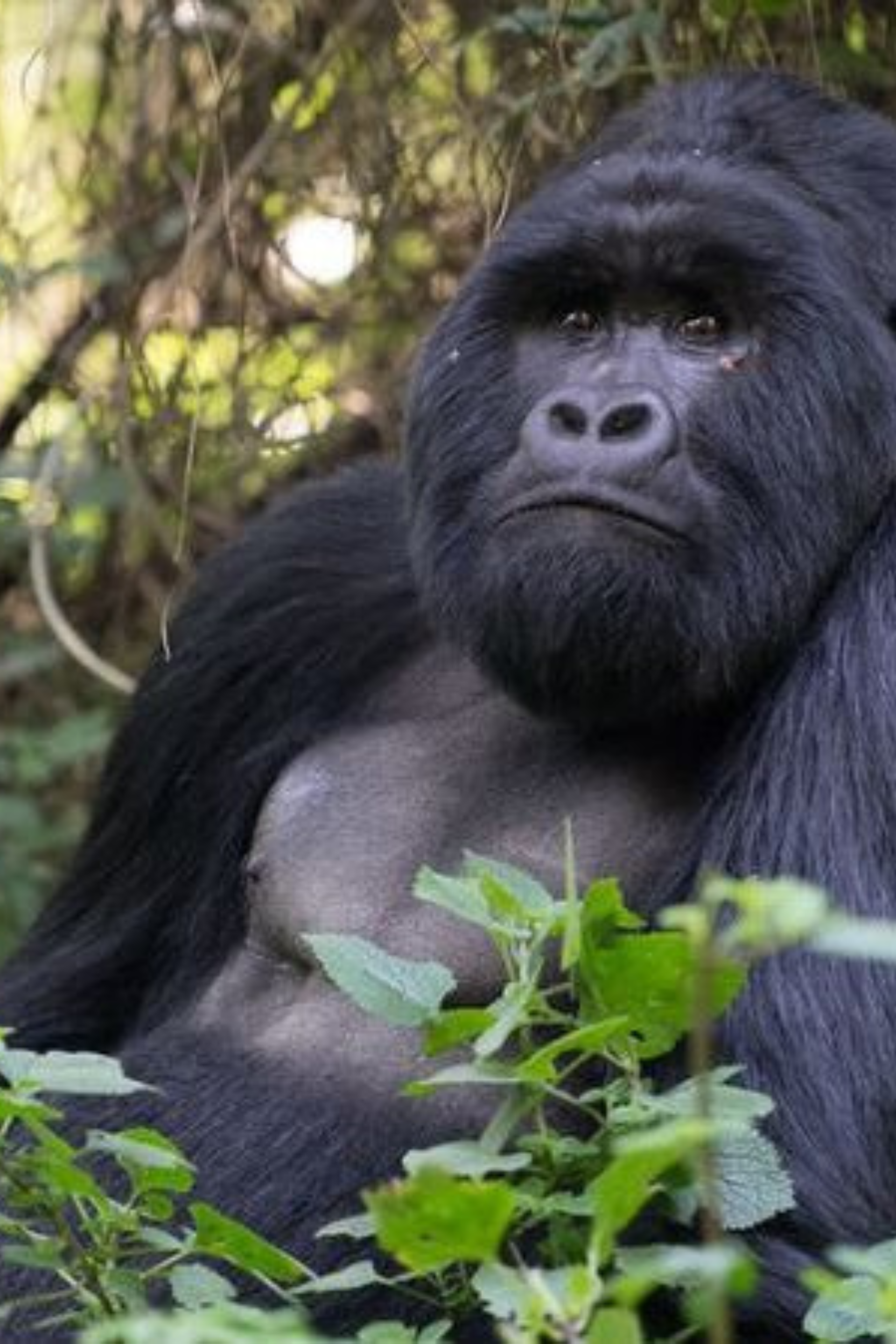
Mgahinga Gorilla National Park
The park lies in the Southern part of Uganda. The park derives its name from the word Gahinga meaning to protect. It was conserved to protect the rare mountain gorillas known as silver back and endangered golden monkeys which dominate the forests of the park. It is also Uganda’s smallest national Park. The parks most exciting and eye catching features are its three conical, extinct volcanoes namely Mount Muhabura, Mount Gahinga, and Mount Sabyinyo. Part of the spectacular Virunga Range that lies along the border region of Uganda, Congo and Rwanda. Mgahinga forms part of the much larger Virunga Conservation Area which includes adjacent parks in these countries. Mgahinga is also a home for a number of endemic Albertine rift valley.
The rich unique culture surrounding the park has made it stand out, for a number of years, Mgahinga’s dense forests were home to the indigenous Batwa also known as hunter-gatherers and fierce warriors who depended on the forest for shelter, food and medicine. After gazzeting and establishing the park, the Batwa were evicted from the forest and abandoned their low-impact, nomadic lifestyle. The only time they are permitted to re- enter their cherished forest is as tour guides on the Batwa Trail, on which visitors will discover the magic of the Batwa’s ancient home while enjoying nature walks and learning about the cultural heritage. They showcase their ways of life in the forest, gather honey, point out medicinal plants and demonstrate how to make bamboo cups. Guests are invited to the sacred Garama Cave, once a refuge for the Batwa, where the women of the community perform a sorrowful song which echoes eerily around the depths of the dark cave, and leaves guests with a moving sense of the richness of this fading culture. The major activities include; Gorilla Trekking in Mgahinga Park. A Uganda Gorilla Tour to Track the Nyakagezi Gorilla family, Bird Watching, Batwa Trail, Cultural encounters and nature walks.
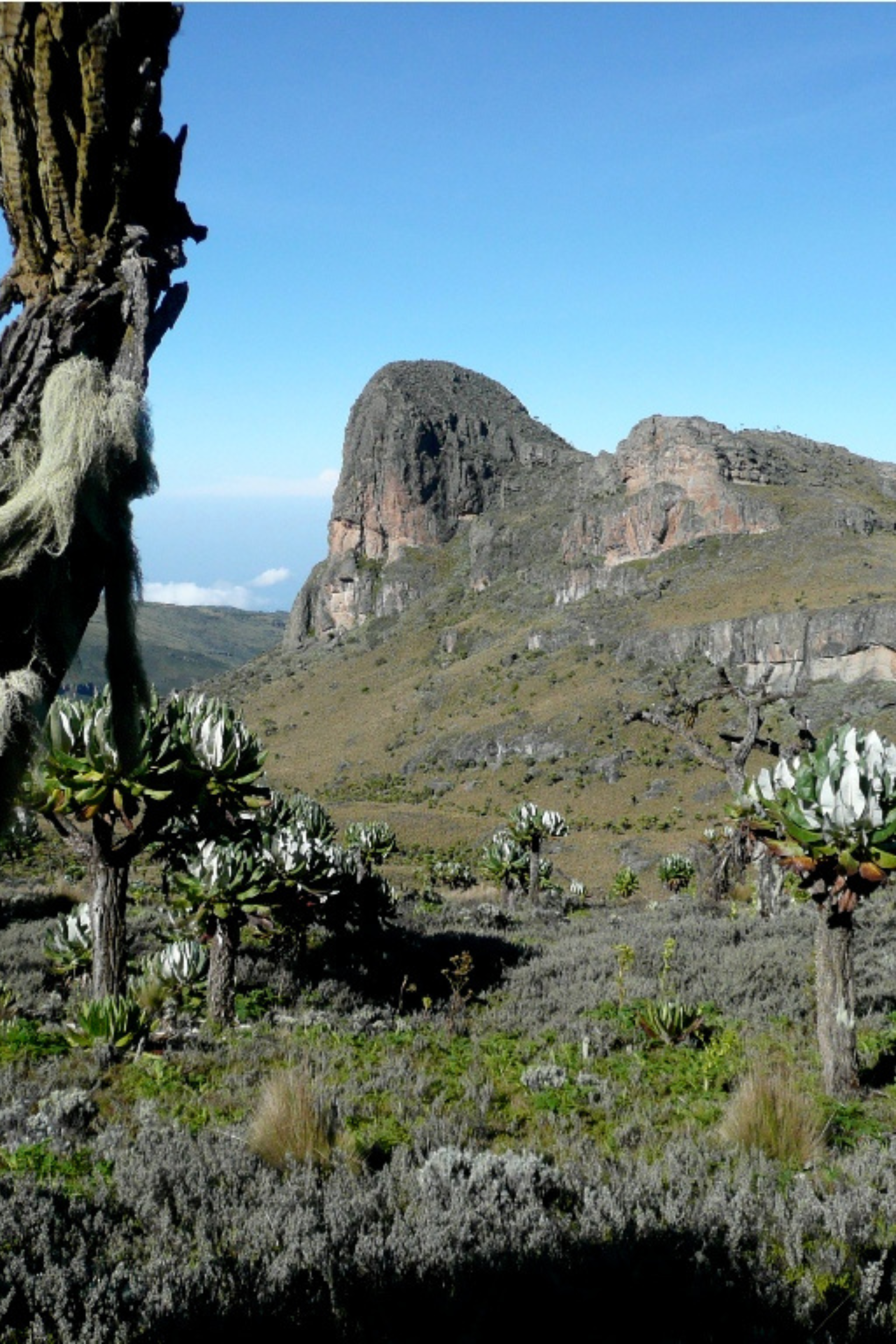
Mount Elgon National Park
It is located in Eastern Uganda bordering Kenya. Mountain Elgon has the oldest and largest volcanic conical Base in East Africa with 4000km2. The park has a rich vegetation rich variety of vegetation ranging from montane forest to high open moorland.
Over 300 species of birds, including the endangered Lammergeyer. Elephants and buffalo can be found on the lower slopes. The park is also home to a variety of small antelope and duiker, as well forest monkeys, including the black-and-white colobus and blue monkey.
Half of Uganda’s butterfly species have been reported in Mt. Elgon. The higher slopes are protected by national parks in Uganda and Kenya, creating an extensive trans-boundary conservation area which has been declared a UNESCO Man & Biosphere Reserve. Activities done while at Elgon National Park include; Mountain climbing, Nature walks, Mountain Biking, Archery, Rock climbing to the Sipi falls, cave exploration and birding. Read more about areas interest at Mountain Elgon National Park
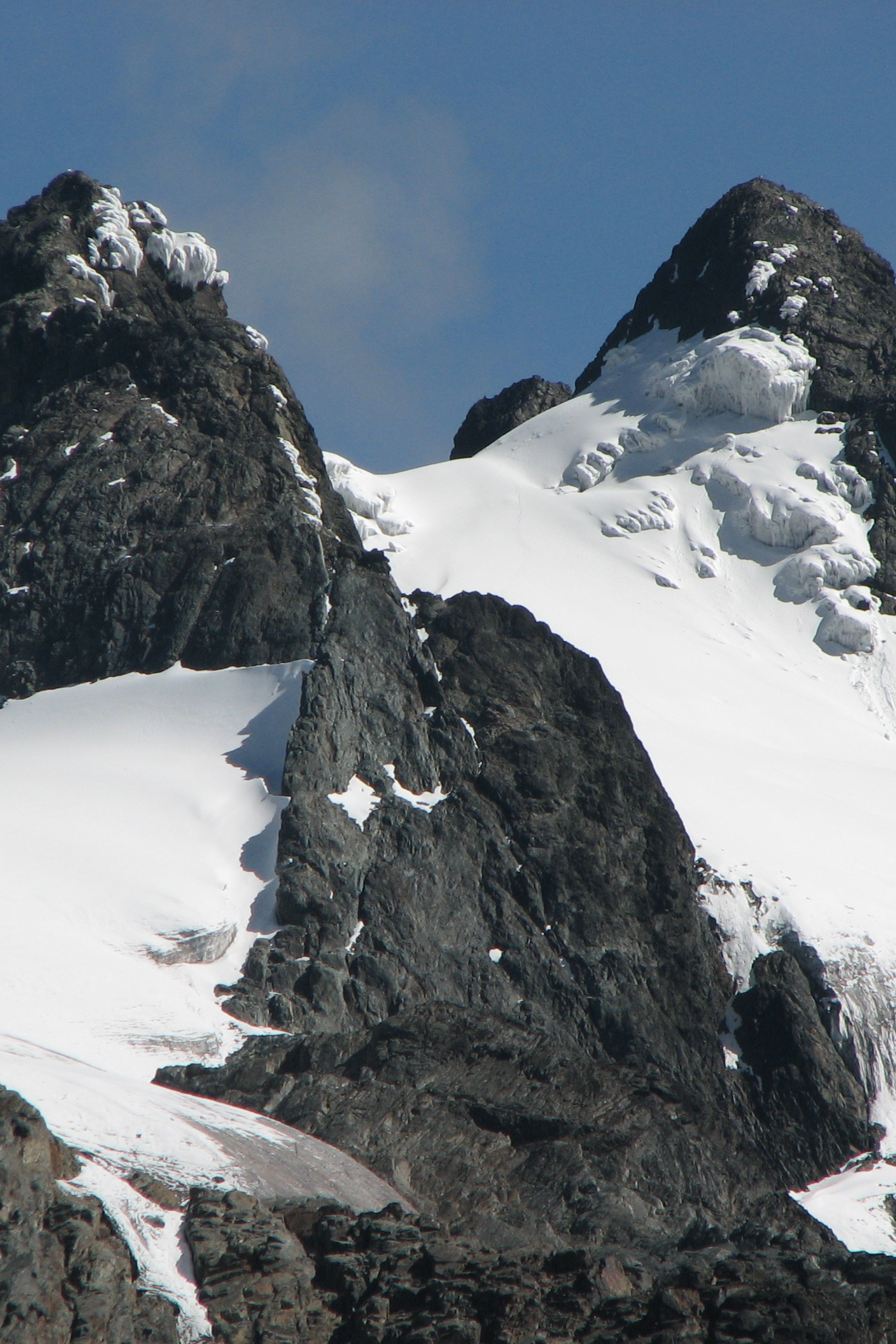
Mount Rwenzori National Park
The Ruwenzori’s also known as Mountains of the Moon lies in western Uganda bordering Congo.
It was designated a UNESCO World Heritage and Ramseur site.
The park is covered with varying vegetation of equatorial snow peaks include the third highest point in Africa called Magherita peak, while the lower slopes are blanketed in moorland, bamboo and rich, moist montane forest. Huge tree-heathers and colorful mosses. It protects the highest parts of the 120km-long and 65km-wide Rwenzori mountain range.
The national park is a habitant for 70mammals which include the forest elephant, chimpanzee, black-and-white colobus, Lhotse’s monkeys, duiker, and 217 bird species including 19 Albertine Rift endemics, as well as some of the world’s rarest vegetation. Read more about areas interest at Mountain Rwenzori National Park
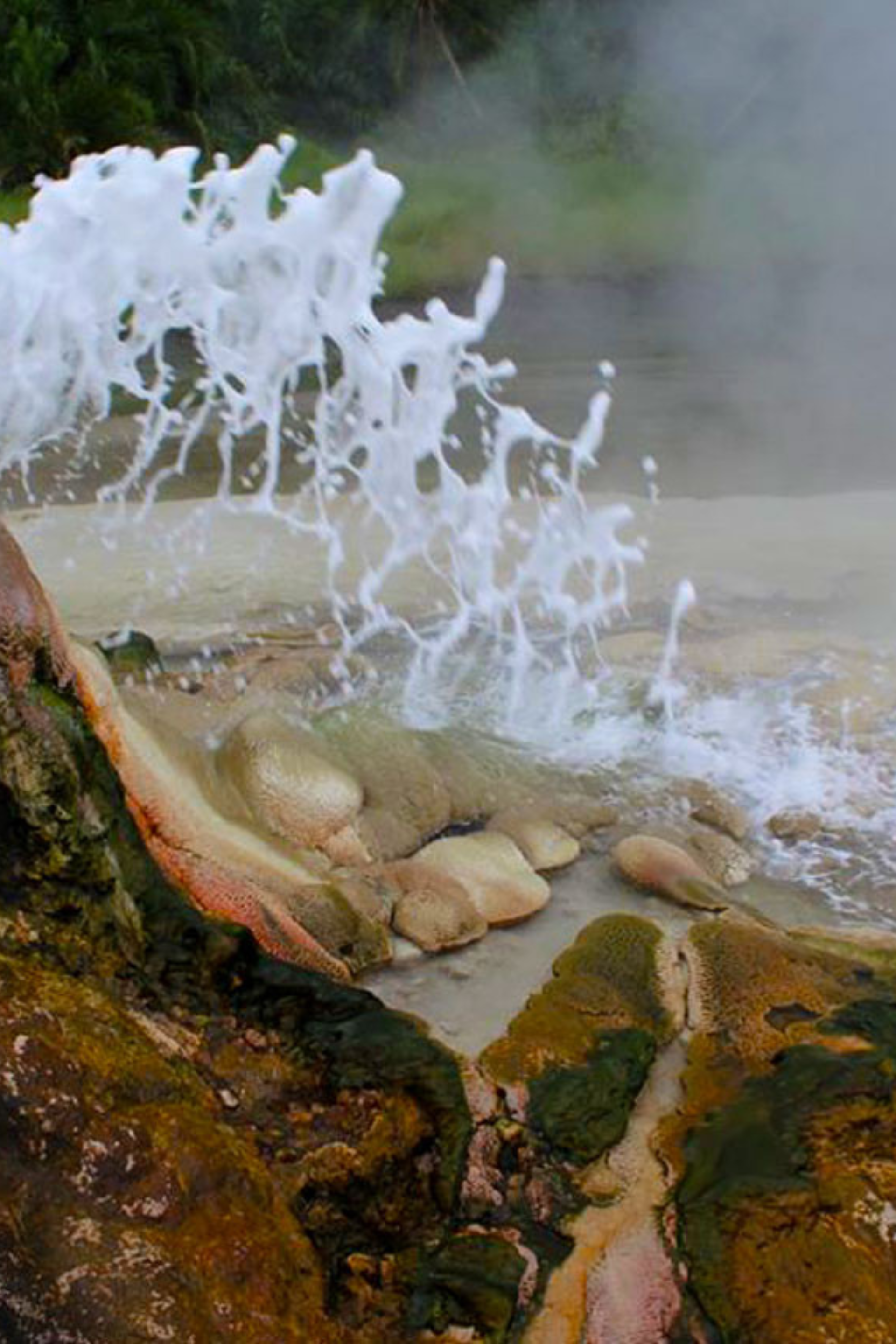
Semliki National Park
The park lies within the Great Rift Valley with lowland tropical rain forest. It is located in Bundibugyo Bwamba Sub County.
It has diverse flora and fauna. It is a habitant for more than 400 birds, over 60 mammal species, including forest buffalos, leopards, hippos, monkeys, water chevrotains, bush babies, civets, elephants, and the pygmy flying squirrel . Nine species of duikers are found in the park, including the bay duiker.
The park has eight primate species and almost 300 butterfly species. The rich culture surrounding the park which consists of the Bambuti Pygmies who live on both side of the Semliki River and are closely related to the Basu Pygmies of the Democratic Republic of the Congo rather than to Batwa Pygmies around Bwindi Impenetrable Forest and Mgahinga Gorilla Park.
Uganda National Reserves
Extending over an area of 2788 square kilometers to the north of mountain Elgon, is the Pian Upe now under the management of mount Elgon conservation area, is the second largest protected area in Uganda after Murchison falls reserve, it lies in semi-arid country which usually receives rainfall in April and more substantial showers from June to early September but some years the rain fails completely.
The predominant cover of mixed acacia commipphara savanna is essentially the Uganda’s extension of an eastern savanna encompassing much of northern Kenya and the amboseli-tsavo-mkomazi complex of reserves on the border between Kenya and Tanzania. Providing dramatic contrast to the dry scrubby plains of Pian Upe is mount kadam, an isolated range of spectacularly tortured turrets and bleak volcanic plugs that rises to an altitude of 3068m on the reserve’s eastern boundary.
Pian Upe is a home to two pastoralist tribes for which it is named: thespian being part of a sub group of the Karamoja, and the Upe being a Kalenjiin speaking people more widely known as the Pokot within Kenya. These two tribes have a history of armed conflict mostly related to cattle rustling. At times the Pian and the Upe team up to fight neighboring tribes in Kenya or Uganda or at times they have directed their violence to each other.
Animals include Leopard, cheetah and spotted hyena are quite popular by ranger patrols and a small population of lions is present. Among the ungulate species are bur hell’s zebra, buffalo, eland, Harte beast, greater kudu, topi, orib, dik-dik, and Uganda’s last population of roam antelope. In addition the vervet monkeys, olive baboons, the far localized pata monkey are white popular in the savanna.
Matheniko Game Reserve is also known as Matheniko Wildlife Reserve. Situated in the conservation area of the Karamoja sub region of northeastern Uganda, Matheniko Wildlife Reserve appears to be the 5th of the most-threatened wildlife conservation protected area in Uganda.
Matheniko Game Reserve is a portion of the corridor of protected areas in the Karamoja sub region that stretches all the way from Kidepo National Park down through Bokora & Pian Upe Wildlife Reserves. North-East to Matheniko Game Reserve is the Uganda – Kenya border. This Game reserve is situated in the famous Somali – Maasai environment of semi-desert grassland with part of it being shrubland. The average rainfall that falls in the Reserve each year is estimated to be 670 mltrs with much rain falling in the months of April, May and also in November.
This game reserve currently harbors a few species of wildlife though it’s not so busy compared to the rest.
Ajai Wildlife Reserve is situated in northern Uganda along the western shores of the mighty Albert Nile near Arua district, covered by grassland. This small Wildlife Reserve spans at 166 square kilometers (16600 hectares) of land and is managed by the Uganda Wildlife Authority. With all the treasures that this Wildlife Reserve holds, it is a perfect place for a safari in a secluded environment given the fact that it is often neglected by tourists on a safari. Its landscape is dominated by a vast island and its surrounding is at times flooded by swamps in addition to savannah woodland vegetation.
Wildlife Species within the Wildlife Reserve
Much as the White Rhinos are now extinct within the Wildlife reserve, you will encounter other fascinating wildlife species that include primates such as the Olive baboons, the black and white colobus monkeys and the Vervet monkeys, the warthogs, the Sitatungas, the lions, the Lelwel Hartebeest, the Leopards, the Warthogs, Sitatungas, the Blue duikers, the zebras, Common Duiker, the Oribis, as well as Uganda Kobs among others. There are several aquatic Wildlife Species such as the Hippos and the Crocodiles and other reptiles such as the Pythons.
Presently, there are plans by the Uganda Wildlife Authority to re-introduce the Nile Buffaloes and White Rhinos back into Ajai Wildlife Reserve. In order to explore these interesting wildlife and several bird species, a nature walk or a game drive around the game reserve is a good idea.
There are several bird species that call Ajai Wildlife reserve home and they include the Grey Crowned cranes, Marabou stocks and African fish eagles among others.
Tooro Semliki Wildlife Reserve was established as a game reserve in 1926 and was among the first protected areas to be gazetted. The main reason was to protect the large numbers of Uganda Kobs in the area. It covers an area of 542 km2. It is located in western Uganda, within Ntoroko and Kabarole districts.
Tooro Semliki Wildlife Reserve enjoys a dramatic rift valley setting between the Rwenzori, kijura escarpment and Lake Albert. The dominant vegetation type is the open acacia-combretum woodland and grassy savannah, interspersed with patches of borassus palm forest, significant belts of riparian woodland along the main water courses, as well as some extensive swamps towards Lake Albert. The reserve itself is topographically unremarkable, set at a relatively low altitude starting from around 700m above sea level, but on a clear day the setting is truly awesome, with the sheer rift valley escarpment rising sharply from the eastern shore of Lake Albert, the 2500m-high Congolese Blue mountains on the western horizon and the mighty glacial peaks of the Rwenzori visible to the south west.
The activities done here includes community tourism, game drive, bird watching, nature walk, boat ride and hike to Nyaburogo gorge.
Wildlife Habitats
The Tooro Semliki plain is predominantly grassy savanna and acacia-combretum woodland echoing Murchison Falls National Park at the northern end of Lake Albert. Stands of borassus palms, lake shore marshland and broad river valleys filled with beautiful galley forest all add variety. Lake Albert lies outside the reserve but can be visited for canoeing and bird watching.
Wildlife in Tooro Semliki
Tooro Semliki contains the same key species as Queen Elizabeth and Murchison Falls National Parks; Elephant, Buffalo, Uganda Kob, Waterbuck, Warthog, Giant Forest Hog, Hippopotamus. Primates include Chimpanzees, Baboons and Monkeys including Vervet, Red-tailed and Black and White Colobus. Uniquely, the 200 strong Elephant population includes savannah and forest Elephant plus a hybrid form from inter- breeding. Researchers from the University of Indiana have been studying chimpanzees in the riverine forest at Mugiri close to Semliki Safari Lodge.
There are chances of encountering the chimpanzees when you take a primate walk. The reserve boosts of 440 bird species including Red-necked falcon, Black-billed Barbet and the turkey like Abyssinian Ground-hornbill. The Shoebill is usually sighted in the marshes of Lake Albert.
